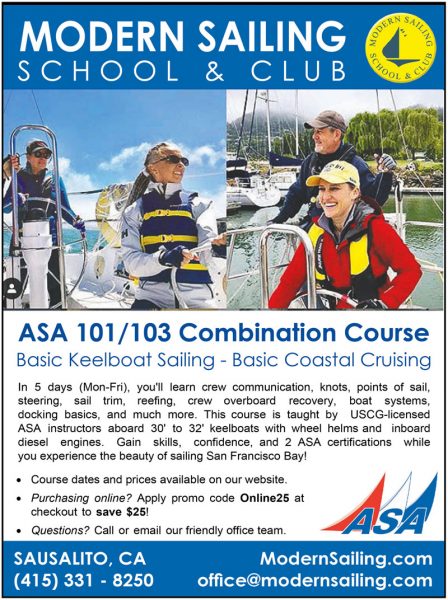
Diary of a Sailboat Charter Cook
At around 3 p.m. on December 30, 2019, I set sail for Mexico aboard the schooner Seaward. It was just over 24 hours before the end of the decade and the arrival of the ’20s, and I had signed up for a three-month-long role as charter cook. Was this an auspicious coincidence or a foretelling of a new life?
Seasickness, no skill, zero confidence and a good dose of fear had been paramount in cultivating my negative views of sailing, and for the past three years I had avoided the salty encounters at almost every opportunity. Yet a series of recent events had sprouted a growing desire to confront myself and take another stab at the sailing life. Another selling point to my boss — joining the press-corps sail on Maiden during her San Francisco visit — gave me the most enjoyable sail I had ever experienced. I was completely in awe of Maiden’s crew and the vessel’s pedigree. While Tracy Edwards was sailing the world and challenging sailing’s old guard, I was at home starting a family. Did I miss something?
To an evening sky of burning orange we settled into the rolling rhythms of life at sea and I busied myself below preparing the first meal of our five-day voyage — a simple one-pot meal of chicken, vegetables and pasta, which actually required two pots and more stability than I possessed.
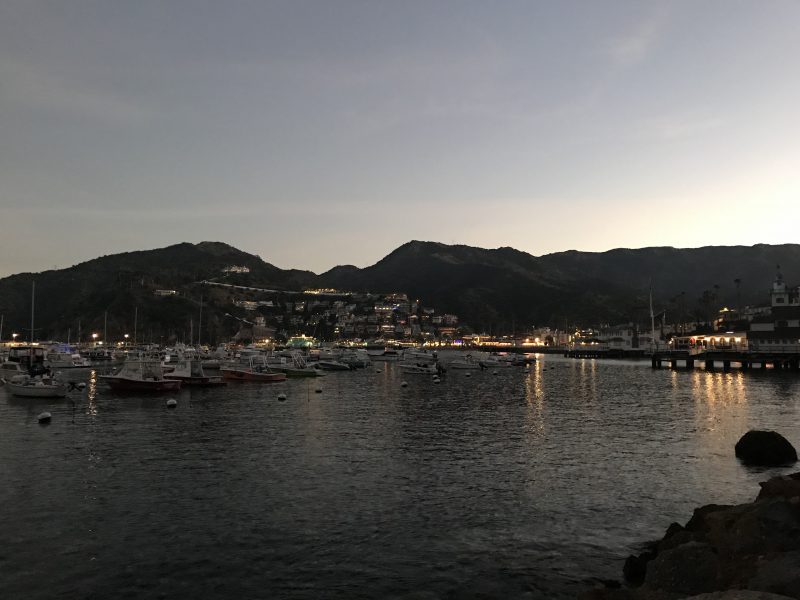
My one saving grace that first night was my relationship to the captain — he is also my husband. We’ve shared enough sea-miles for Jay to expect I would be feeling off and without further ado he took over to finish the cooking and serving. I felt a little guilty, as the Bonine I was addicted to was doing quite a good job; however I wasn’t about to refuse the opportunity to enjoy the fresh air. Tomorrow would be better, I assured myself.
The next day I was up at 6 a.m. and ready to take back the galley and entrench myself as champion cook. I was a little dismayed when I saw how little the Scouts ate. Was the food unpleasant? Should I be serving only sugared cereals from boxes? To my relief, the problem wasn’t me or my cooking. We had now been sailing continuously for around 17 hours and the sea had sorted the crew into hardy, and hardly. Hardly able to move, never mind eat, was to be the norm for an unfortunate few until the seas subsided and the Scouts’ stomachs stopped churning. I, however, with my trusty bottle of Bonine in my pocket, was deterring nausea and slowly becoming more stable.
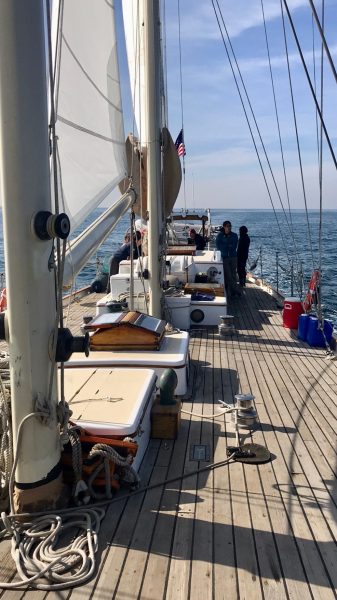
In an attempt to help those still suffering, I offered a round of Vegemite toast — a sure-fire remedy for unsettled stomachs, I told them. “Ugh! Too strong.” “Too black.” “Didn’t really like it.” But had it been prepared the right way, and by a real Aussie? “No, it’s not meant to be slathered on like shaving cream on a grizzled face; even I wouldn’t eat that.” So I whipped up a couple of slices and redeemed the reputation of my home country’s famous food. Some were even open to seconds.
Hours ticked by and watches rotated, and before too long we saw signs of normality returning. The Scouts became chatty, active and even conversational. By midweek we were sharing stories and jokes, and afternoon story time with Celeste became a daily feature. Her book of romance stories, appropriately abridged for the younger Scouts, had me enthralled to the point that I pleaded for the readings to take place in the salon so I could listen in while preparing their dinner. This must be what Sunday evenings at home felt like when we only had ourselves and each other for entertainment, long before the invasion of television and today’s constant electronic companions.
The days flew by, and by the end of the week we had covered more than 100nm and experienced several overnight sails and a continual 24-hour watch rotation. Imagine my surprise when, at the start of the voyage, I learned I was exempt from watches. And from doing dishes? I couldn’t believe my luck. All I have to do is prepare three meals a day? And provision when we’re in port? And find a home for the tons of food I ordered, and remember what I bought and where I put it? And get up at 6 a.m. every day while most of the boat is still sleeping and get breakfast ready, and be belowdecks cooking while everyone else is outside laughing and enjoying the sunset? Hmmm . .
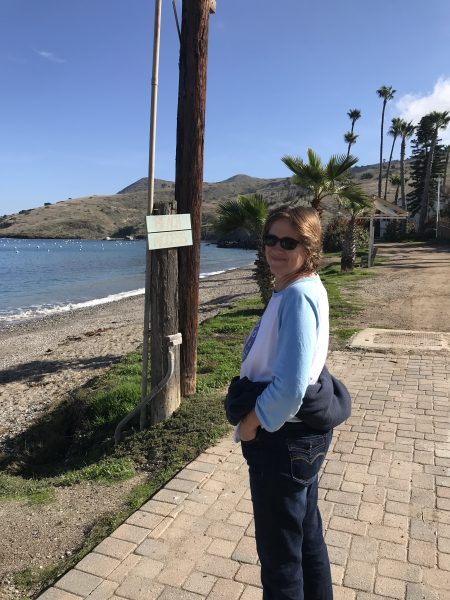
At the end of my first week I knew I had some changes to make. I couldn’t spend all my time below and miss the fun on deck. I envied the Scouts their night skies and stunning sunrises. I envied the crew’s ease and confidence as they went about sailing the boat. My seasickness was by now almost nonexistent and I was moving about the boat like an old sea dog — well, almost. I resolved to get faster at my job and spend more time on deck gaining sailing skills.
Again, how hard can it be?
Kiwis Launch AC Test Boat
Introducing Te Aihe’s Mini Me
America’s Cup Defender Emirates Team New Zealand revealed their new custom-designed and built test boat yesterday in Auckland. Te Kāhu, meaning ‘The Hawk’, was named and christened by Ngāti Whātua Ōrākei, a local sub-tribe of Maori.

Te Kāhu fits within the rules for test yachts according to the 36th America’s Cup Protocol. They must not exceed 12 meters (40 feet) length overall. The team will use this foiling monohull to continue design development during 2020. Meanwhile, they will ship their AC75, Te Aihe, to Europe (a 60-day journey). They’ll race her in the America’s Cup World Series in Cagliari, Sardinia, on April 23-26, and Portsmouth, UK on June 4-7.
The Challengers’ test boats started hitting the water all the way back in September 2018. ETNZ’s CEO Grant Dalton explains: “It might seem like the launch of our test boat is a bit overdue, but early in any campaign, decisions have to be made that ultimately will only be judged at the end. As a team, we decided that a test boat was indeed a really key necessity but believed it needed to have as much design input as our first AC75 to give it meaningful ongoing development possibilities.” The team launched their AC75 on September 4, 2019.
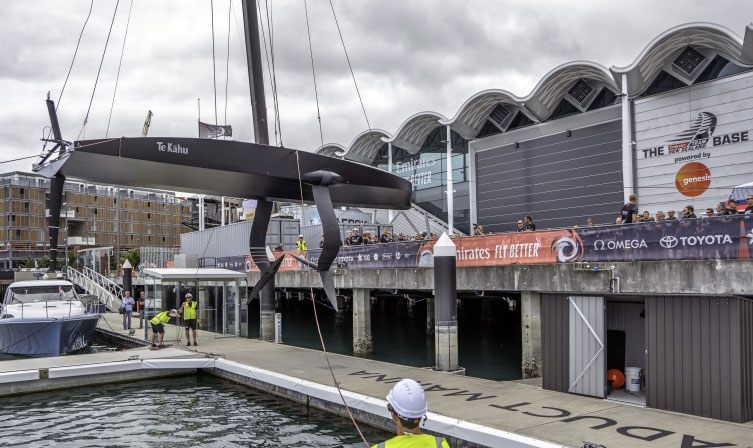
The Kiwis are now in the process of packing up and preparing Te Aihe (whose name means ‘Dolphin’) for shipping to Cagliari. The first ACWS event will be the next time the AC75 will be sailed, and the first time it will race against the other AC75s.
“We are really excited about launching Te Kāhu today,” said Grant Dalton. “There has been a lot of work gone into the design and build of this boat internally, which is amazing really, as it has all taken place between the design and build of our first AC75 and the ongoing work on our next AC75 race boat.”
The Protocol allows teams to launch their second AC75 on February 1. We don’t believe any of them will be ready to do so that soon. The Long Beach YC team, Stars + Stripes Team USA, a late entry, has yet to launch their first boat. We’ll have much more on all of this in the February issue of Latitude 38, which will launch on January 31.
ASA Courses at Modern Sailing
Feast on the Herring for a Good Cause
The Herring
In some Januarys, the sea lions and gulls appear to go nuts. They enter harbors that line San Francisco Bay in great numbers. Fishing boats seem to abandon the ocean in favor of the Bay. What’s the draw? The herring return from the ocean to lay their roe on whatever solid objects suit their fancy — piers, dock pilings and boat bottoms among them. You can be like the sea lions and feast on herring this month.
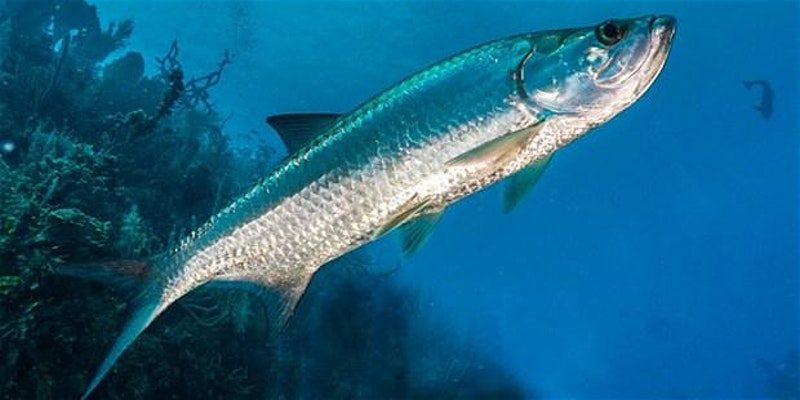
Richardson Bay is a particularly popular destination for spawning herring, so it’s fitting that Sausalito would be home to a herring festival. Herring is quite healthful and delicious smoked or fresh.
The herring fishery booms or declines depending on the climate; the drought years were hard on them, and their once-abundant numbers haven’t caught up. The commercial herring season in San Francisco Bay was suspended last year. The feeding frenzies have yet to develop this year. Nevertheless, we hope you’ll give this tasty little fish a try at the Herring Celebration, a fundraiser for the Sausalito Community Boating Center, to be held rain or shine on Sunday, January 26, at the Bay Model.

Local restaurants will prepare herring dishes onsite. The Fishwives will perform “raucous and irreverent songs of the sea.” Guests will have the chance to tour the Matthew Turner tall ship. Waterfront allies will be on hand promoting collective stewardship of the marine environment. And, the $40 ticket price includes a morning or afternoon screening of the excellent documentary The Raft, featuring Mary Gidley of Marin County. You can buy beer, wine and other beverages for $5.
The Raft
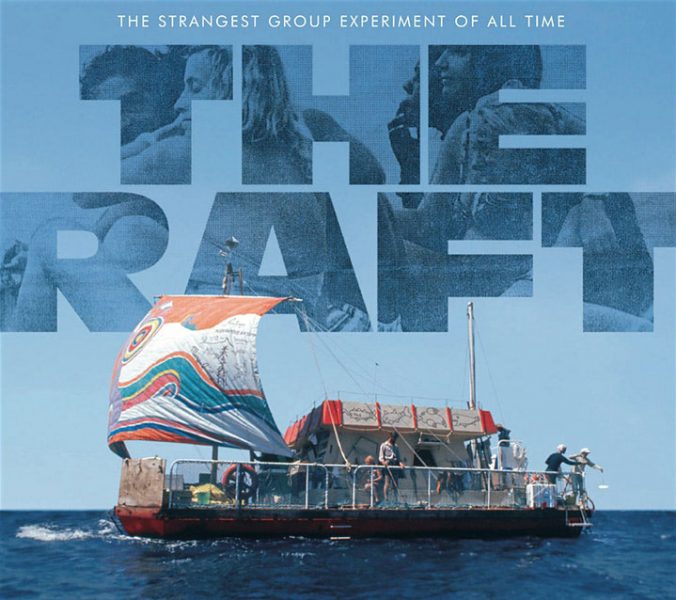
Ticket A includes an 11 a.m. film screening (doors open at 10:30 a.m.) and 1 p.m. herring lunch.
Ticket B includes the herring lunch at 1 p.m. and a 2:30 film screening. The Latitude 38 Movie Club highly recommends this unusual documentary. Purchase tickets here.
The Sausalito Community Boating Center
Mary Gidley advises us that the nonprofit “SCBC received a healthy grant and have started construction,” at the Cass Gidley Marina. The location, next to the Sausalito Cruising Club at Bridgeway and Napa Street, was previously the site of a sailing school and sailboat rental shop founded by the Gidleys and called Cass’ Marina.
A Lifetime of Sailing Memories in a Windless Moment
Hello Latitude 38. I am an active sailor with an Ericson 34 berthed at Marina Bay, and I work with sometimes-severely disabled people in a skilled nursing facility in San Rafael. There is a 75-year-old man who recently had a stroke resulting in several serious medical problems. He does write, however, and spends much of his day writing short stories. I thought Lat 38 would want to see something he penned. He would prefer to remain anonymous.
Very rarely the ocean adopts a ‘breathless’ stance in which its visible surface, in all directions, remains unmarred by even a slight indication of a mere breath of wind, and the slow undulations that could bespeak subsurface turbulence of any sort, at least, are eerily absent as well. At these seemingly ‘endless’ moments, one is bluntly reminded that some sort of wind motion, no matter how restrained, is ubiquitous on the vast seascape with which we are so familiar; naturally that wind became, long ago, the handily accessible power source for any and all humanoid nautical exploits.
In lieu of belaboring a very lengthy seafaring history (and obvious colorful tradition) I’ll shortcut gracefully (I hope) to the emergence of the combined art and science of modern sailing as a highly symbolic and recreational scene.
As my two brothers and I were growing up in Ojai, California (a bit inland, between Ventura and Santa Barbara, but in Ventura County), our father was working in L.A. to pay for our beautiful life and education; we lived at home with our mother. On weekends he picked up the three of his sons for a weekend of sailing out of the yacht harbor in Santa Barbara. Even though my father was Jewish, the “good old boys” of the Santa Barbara Yacht Club ultimately banded together ceremoniously and invited him, his sons and his beautiful racing yacht to join that club and to participate in the regular sailboat races every weekend. I could write an entire book about that scene, but the real point here is that we gained a pleasant sense of social belonging by entering that friendly maelstrom of very technical little rivalries.
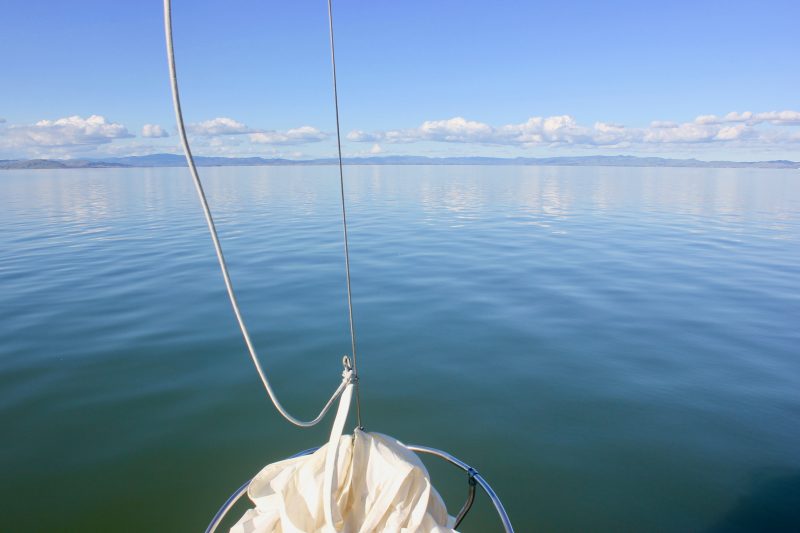
The inside-y and sort of arcane terminology in modern recreational sailing would no doubt amaze the reader, but limitations here restrict me to some samples. A “sheet,” for example, is a line attached to the bottom of a sail, and then somehow to the boat itself, allowing the thrust of the sail to be transferred and converted into the boat’s forward motion. A “block,” on the other hand, is a pulley; a “snatch block” is a pulley that can be moved around and then attached temporarily at different places on the boat. Another important item of nautical slang, and one which found its way onto land long ago, is “head” (for ‘bathroom’). This was because the “headstays” were firmly anchored to the midship side rail in such a way that with the help of an ally one could cantilever one’s necessary parts out over the ocean.
The sailboat races held weekly by the yacht club are really a showplace at which the wealthy local sailboat owners can kinda get together and “strut their stuff” in a public display. A straight downwind leg is included in every race, at which each captain can show off his or her latest spinnaker, a large, colorful and balloon-like sail that requires spectacular seamanship just to fly at all.
Since the so-called Channel Islands are only 20-ish-plus miles away from the Southern California mainland, we did a great deal of overnight traveling to and around those islands; anchoring in Pelican Bay or Valdez Bay at Santa Cruz Island even allows one to go ashore briefly, or to explore some of that island’s numerous waterline caves. Exploring waterline caves requires (unless you are one of the sea lions whose relatives have been doing it au naturel for eons) the use of a dinghy or raft of some sort and powerful handheld lights. Such exploration always precipitates deep philosophical meditation about cosmic time periods and how life fits into them.
Getting going in a sailboat’s cabin after a night’s healthy rest, which has been accompanied by the reassuring creak of anchor lines, may entail six young eyes carefully studying (for future reference) their father’s elaborate way of shaving. Living together, over many consecutive days and in the close quarters of a sailboat, is a real learning experience for growing boys, even in California. Our longest single adventure/trip was the traditional race to Ensenada, Mexico. The camaraderie that develops among the adults participating in these events is something to behold.
I think my fondest memories from sailing along the coastline of Southern California are of lying on the elevated (upwind) teak deck and looking at the sun-baked panorama, which featured rounded, golden California hills sprinkled with dark green oak trees. That scene always reminded me of the excellent illustrations in various childhood storybooks. Since both my brothers and I were never really into the deafening pageantry and phony comradeship of high-school sports, the flailing sheets and screaming of winches that filled the cockpit of a fast racing sailboat very adequately replaced that scene in our lives, at least as far as we were concerned at the time.

